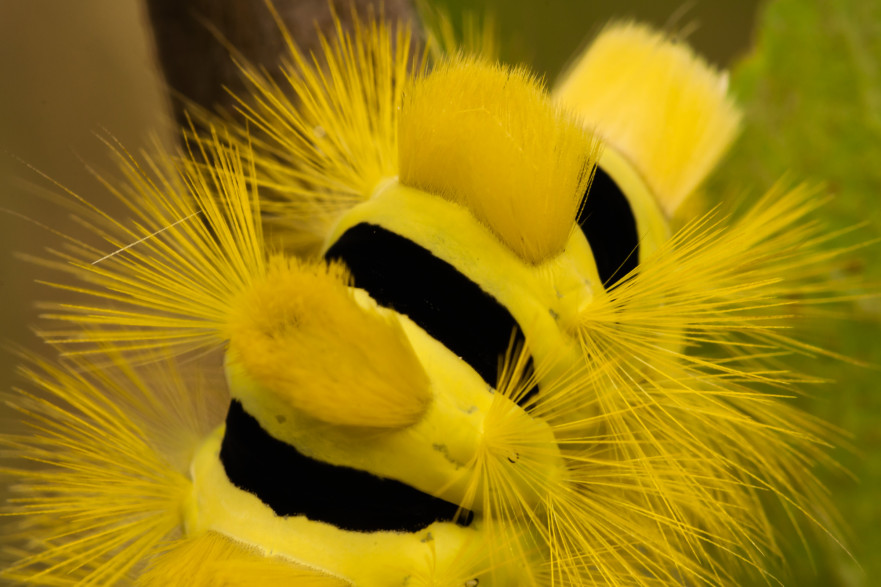The program provides the students with the following opportunities:
• To enjoy being in nature
• To learn through active engagement
• To become aware of interconnection between different aspects of the natural environment.
• To learn about the most prevalent species of trees, plants, and animals
• To learn orienteering in the forest (also using a compass)
• To gain a deeper knowledge of the relationships between Estonian cultural history and nature
• To deepen the knowledge of forest, glint, seashore and bog as natural biomes
• To develop attentiveness, analytical skills, and a deeper sensibility of nature
• To develop the skills of team work, creativity, and hands-on skills in an immediate natural environment
• To notice and understand seasonal changes in nature
• To be able to relate the experience in nature to the material studied in the classroom
Target group: Kindergarten, elementary school (age 7-12)
Size of the group: up to 25 children
Duration of the program: 2,5 hours
Every tour is guided by 2 experienced instructors from the Muraste Nature School
Time: all year
Location: program begins in Muraste looduskool and goes through park area around it
Information: wear clothes and boots suitable for the day’s weather, bring your sandwitch and drink with you (every child should have his own backpack). It’s not possible to use a wheelchair on the trip.
Description of the Program:
1. The introduction of the program takes place at the beginning of the path and lasts for about 20 minutes:
• Greeting game
• Introduction to the forthcoming tour
• A reminder how to behave in nature
2. A playful tour in nature with duration of 2 – 2,5 hours
3. One or more of the following themes will be addressed during the tour, depending on the age of the children:
• Learning to notice the relationships between different species and factors in natural environment
• Learning about the most prevalent species (plants, animals, birds)
• Difference between tree, bush, shrub, and herbaceous plant
• Deciduous vs sempervirent trees/bushes/shrubs
• Moss vs lichen
• Identifying different forest types
• Searching for various traces of animal activities
• Listening to the different sounds in the forest
• Orienteering in the forest
• Creating pictures using materials from nature
• Environmental protection
4. Summary of the tour (up to 20 minutes).
Some of the environmental games done during the tours:
• “Pantomime of the animals”
• “Identifying odours”
• “The game of the feet”
• “Friendship with a tree”
• “Perceiving a tree through our senses”
• “The life of the plant”
• “Blind worm”
• “Right and wrong”
• “Bat is hunting”
• “Who am I?”
• “Sound map”
• “Move your ears!”
• “Food chain”
• “The game of adder/grass snake”
• “The game of protective coloration”
• “The race of the snails”
• “Camera”
• “What is forest?”
• “Searching for your own tree”
• “Name from nature”
• “Observing points”
• “Lost expedition”
• “Where to find it?”
• “Forest restaurant”
• “Train”
• “Finding a friend”
• “Wolves, come to howl! Foxes, come to bark!”
• “Is it a month of spring or winter?”
• “Letter puzzle”

